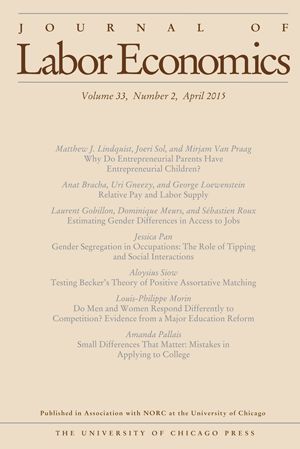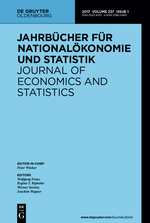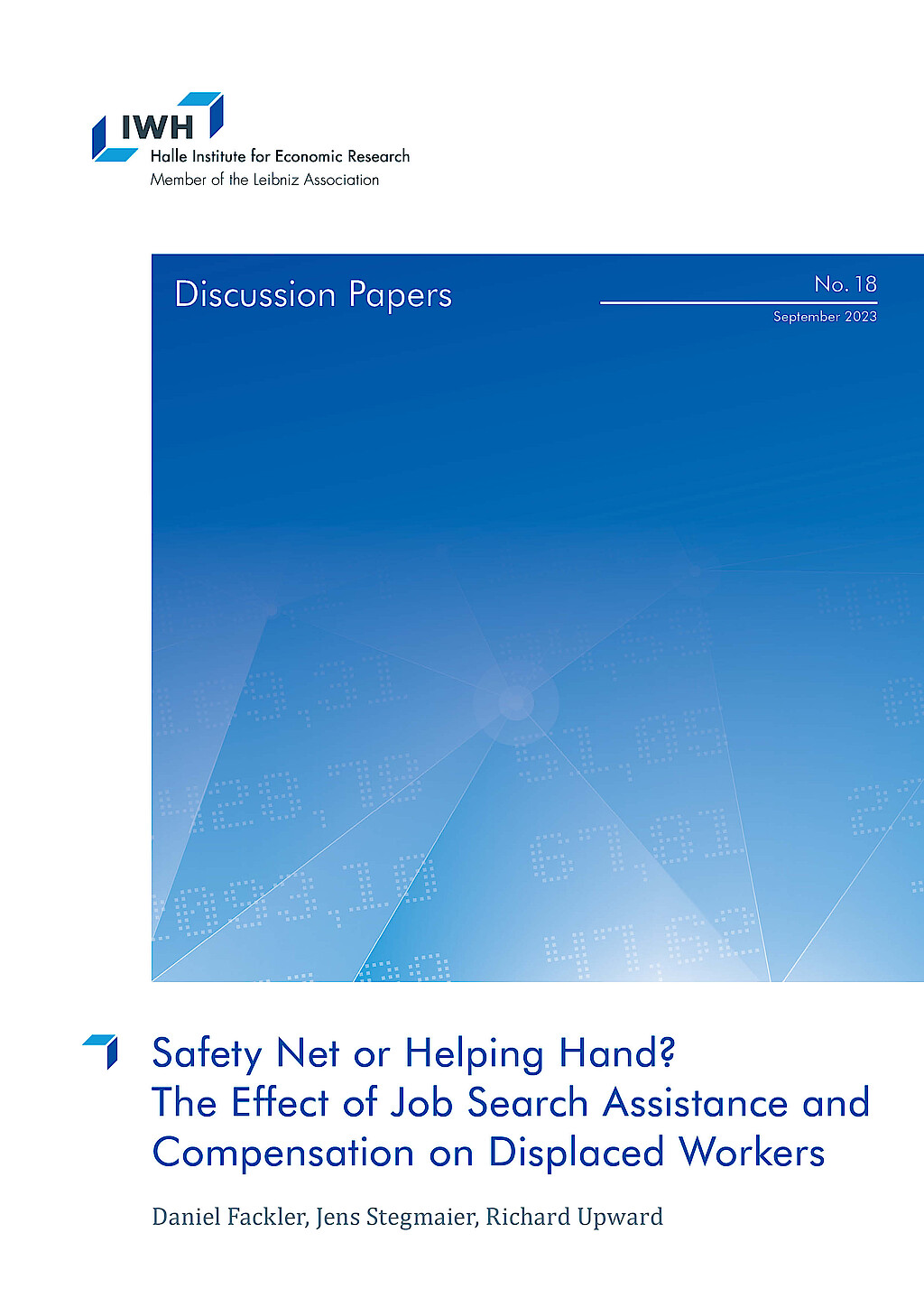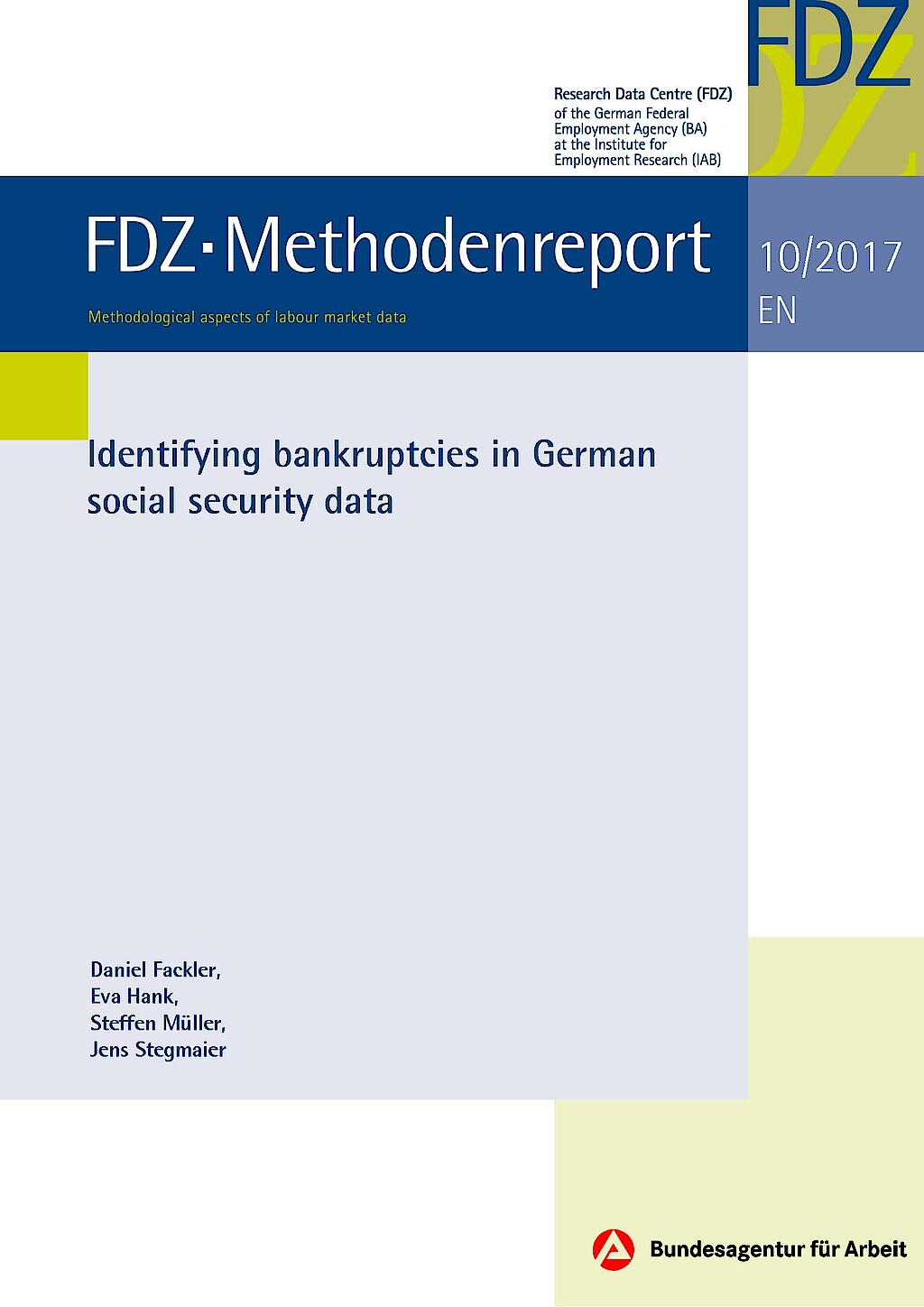Dr. Jens Stegmaier

Aktuelle Position
seit 3/15
Research Affiliate
Leibniz-Institut für Wirtschaftsforschung Halle (IWH)
seit 2006
wissenschaftlicher Mitarbeiter
Institut für Arbeitsmarkt- und Berufsforschung (IAB) Nürnberg
Forschungsschwerpunkte
- evolutorische Ökonomik
Jens Stegmaier ist seit März 2015 Research Affiliate am IWH. Seine Forschungsschwerpunkte umfassen Fragen der Evolution und des ökonomischen Scheiterns von Betrieben. Die Arbeiten beschäftigen sich mit dem Prozess des Scheiterns selbst, ebenso wie mit den Folgen für die davon betroffenen Beschäftigten bezüglich ihrer Löhne und weiterer Arbeitsmarktaspekte. Daneben bearbeitet er Fragen der industriellen Beziehungen und zu atypischer Beschäftigung.
Jens Stegmaier ist wissenschaftlicher Mitarbeiter am Institut für Arbeitsmarkt- und Berufsforschung (IAB) Nürnberg.









